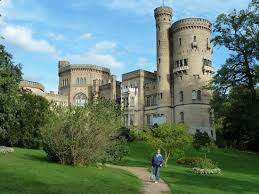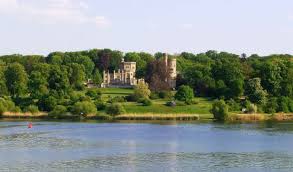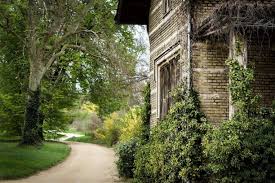The picturesque Babelsberg Garden is located on Havel Beach and offers visitors such stunning views as Glienicker Bridge and more to Glienicke Park. The factory was built from 1833 on behalf of Prince William (Emperor Wilhelm I) and his wife Augusta. The design of the park is due to two important artists in the park: Peter Joseph Lenny and Prince Herman von Bockler Muskau.
Around the new gothic castle of Babelsberg, the landscaped garden terraces adorn the elegance of the picture and join the funland with its ornate shrubs, flower gardens and water features. The park's numerous pedestrian paths open up with ever-more views of Havel's natural landscapes and the silhouette of Potsdam. The artificial water system provides garden plants as well as artificial lakes, waterfalls and streams.
The various attractions in the park are not only attractive pedestrian destinations. They also deal with the military achievements of the Prussian prince, King and Emperor Wilhelm. Thus, Siegessäule was built at the highest point in Babelsberg factory as a symbol of Prussian victory. Here too, the emperor and his adviser Otto von Bismarck may have thought of a magnificent panorama of the ancient royal city of Potsdam. With these landmarks, the Babelsberg Park, in addition to its high importance in the gardens, serves as a memorial for the period between the revolutionary years 1848-1849 and the German unification of 1871.
Since the 1960s, the park, now located in the heart of the UNESCO World Heritage Site, has become a monument to the park. After the fall of the wall, the northern shore area, severely damaged by border installations, was restored. Schloss Babelsberg is being renovated.






